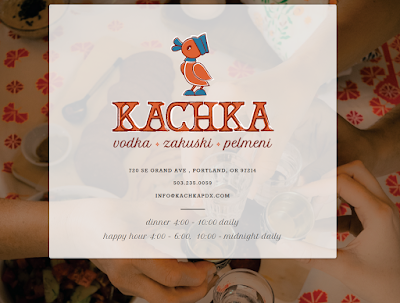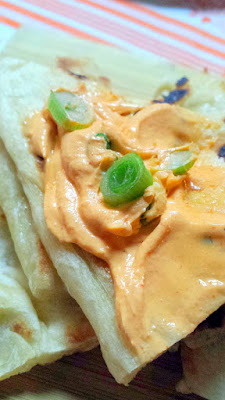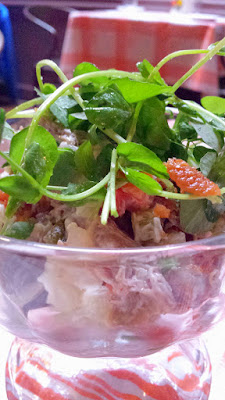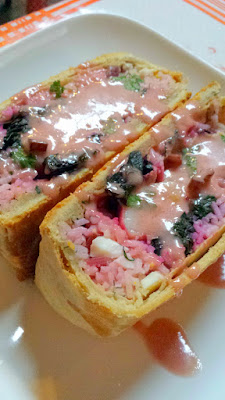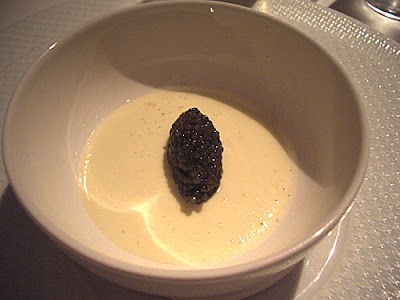Twenty Dinners, written by Ithai Schori and Chris Taylor with Rachel Holtman, is divided by the 4 seasons. It offers 5 complete suggested dinner menus that take into account ingredients of that season. Each dinner menu includes a protein main, two sides, dessert, and suggested drink to accompany that dinner (always wine, sometimes a cocktail recipe is included in the chapter). In particular, the authors are promoting the concept of cooking with friends, not just cooking for friends.
This means that the recipes are more like guidelines, generally the methods use basic techniques, with the most technical portion often being the cutting of the protein. I wish there had been a photo guideline on these cutting techniques, or at least some small photos with the recipe on what the right cut is. This seems like a detail that was missed since there are suggestion chapters written by other friends varying from “mastering” wine to how to create a home bar or coffee, and there are also special sections in the back that define cooking terms in normal layman speak (you will need it now and then- several recipes for instance call for bouquet garni), essential tools that you need in a kitchen, and how to shop and store for ingredients. If the authors are going to assume we need help with that information, why wouldn’t cutting the meat be included?
The photographs and feel of the book showcases the food generally plated family style, and is beautiful but relaxed. The feel is almost like something you’d see in a lifestyle magazine if you were in your late 20s/early 30s and regularly threw outdoor dinner parties in your expansive backyard and your rustic house full of bookshelves and records and big wooden tables on your dining and living rooms and fireplace for your all childfree friends.
From the Twenty Dinners cookbook by Ithai Schori, Chris Taylor with Rachel Holtzman. Photographs by Nicole Franzen.
The meals vary from the more impressive like 5 courses (Sliced Fluke, Plum and Cilantro; Seared Kale Salad with Brown Butter Toasted Pine Nuts and Smoked Bacon; Roast Chicken; Morel and Shiitake Mushoroom Risotto; Maple Panna Cotta with Candied Almonds and Buttered Bread Crumbs) to simple hearty ones that have a suggested ingredient or technique thrown in to raise it up a level from regular home cooking recipes (Meatballs and Spaghetti; Caesar Salad with Egg in a Frame, Affogato with Biscotti).
I’m not sure whether to count one chapter’s dinner that is just general guidelines for assembling a cheese plate along with a gruyere pastry and fig earl grey jam. On the other hand, there is also a dinner that includes a whole spit roasted pig, and a couple pages devoted to the ingredient of ramps, and another couple pages with ideas for using tomatoes during tomato season. I love in general how they are very conscious about using the best ingredients and that is always based on the season.
There are a few pages are dedicated to delectable sounding four seasons of burrata toasts, where based on the season, your burrata toast may be Poached Pears and Bacon Maple Burrata Toast (Fall), Fennel and Grapefruit Burrata Toast (Winter), Whiskey’d Burrata Toast (Spring), or Tomato Confit Burrata Toast (Summer). Yes, you bet I’m making that Spring one ASAP if I can find some burrata. In general, they sound like great dinner menus for a casual dinner party – even if I don’t believe all the cooking is as casual as they write.
From the Twenty Dinners cookbook by Ithai Schori, Chris Taylor with Rachel Holtzman. Photographs by Nicole Franzen.
The recipes are written similar to a grandma/mom instructing you on the steps, in paragraph form, possibility with a little note at the beginning. For instance, in salting the meat for their Rib Eye Steaks Seared, Roasted and Basted in Butter, they advise “season generously with the kosher salt all over; it should look as though you’re salting a sidewalk before a snowstorm” and to keep an eye on the meat because “often when it will contract when it hits the heat and create a concave surface over the skillet. Using a spoon or spatula, hold the center of the meat down so it sears evenly.”
In preparing your dinner party, although the recipes mostly seem approachable, you definitely will have to divide and conquer responsibilities for each part of the suggested dinner or it will be hours before you get to eat, and seems like with their love of roasting there will be some oven conflicts if you attempted to multi-task the courses at once (it seems the authors ran into the same logistical dilemma).
Also definitely make sure you read through the details of the recipe as some will require a lot of prep work or time to sit to absorb flavors – for instance a Carrot, Parsley, and Pomegranate Salad with Confit Shallot Vinaigrette sounds good, but the vinaigrette requires roasting the shallots for 1-1.5 hours first.
Honestly I feel mixed about the recipes: some are wonderfully inspiring, like a Lavender Infused Olive Oil Poached Cod. But others are really just variations on using the grill (not surprising that these men love the grill), such as Charred Spring Onions they had as the side to that poached cod. The key with their (or anyone’s) slow roasted duck fat potatoes is access to duck fat, as is the bottarga with a Radish Salad with Bottarga. They do suggest some substitutions, though I wonder if it really is as good with the substitute ingredient.
From the Twenty Dinners cookbook by Ithai Schori, Chris Taylor with Rachel Holtzman. Photographs by Nicole Franzen.
One thing I appreciated is that sometimes they authors suggest additional recipes in order to recycle the leftovers into new dishes- such as stuffing poblanos with some leftover Wild Rice with Celery and Pecans. I also really liked all the cocktail ideas that were listed as part of the dinner here or there, as it’s a fun take that although they suggest a wine, having a cocktail pairing with the dinner just gives the meal an extra touch of sophistication. Cocktails they include recipes for range from Peach Porch Punch, or Smoked Earl Grey Hot Toddy, or basics like pairing Bloody Mary with oyster and burgers parties.
I’ll share a post in the future where my friends and I tried to use one of the Spring Dinner recipes, since I don’t think doing a recipe on my own is the intention of the book (some of them are so enticing they beg to be lifted off for a nice dinner at home even if it’s just the two of us).
Disclosure: This book was provided to me as part of the Blogging for Books program, but I will always provide my honest opinion and assessment of all products and experiences I may be given. The views and opinions expressed in this blog are entirely my own.







